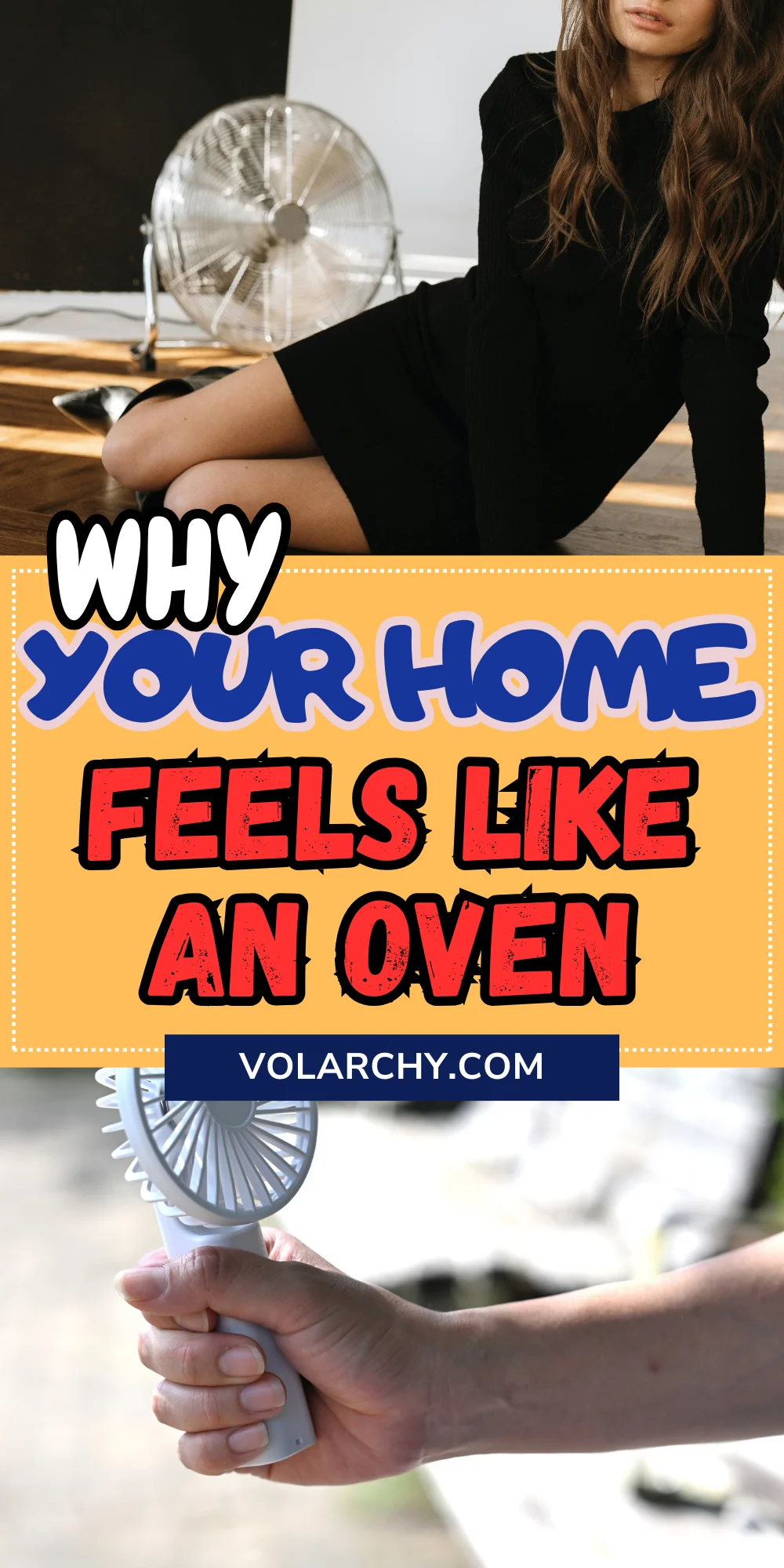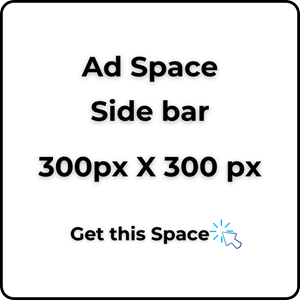Fins and Shading Devices.
Have you ever stepped into a building on a hot afternoon and felt like you were walking into an oven? The kind of heat that makes you instantly sweat and wonder if you left your comfort at the door?
Yeah… we’ve all been there.
What if I told you that a lot of that uncomfortable heat could be reduced if builders simply added one small thing to their design: shading devices, also known as fins, louvers, or sun breakers?
Now, before you think this is another complicated construction talk, stay with me. I promise, no hard terms, just real talk about how buildings can either trap or block heat; and how it affects you, your wallet, and your comfort.
What Are Fins and Shading Devices?
Fins are vertical or horizontal “attachments” placed on the outside of windows or walls to block out direct sunlight. You’ve probably seen buildings with little “wings” or “eyebrows” over the windows; that’s a shading device.
They don’t look like much, but these simple features can make a huge difference in keeping your home or office cool, especially in tropical areas like Nigeria, Ghana, or anywhere the sun doesn’t joke.
Reads Also: Architectural Design Services Through VolArchy Ltd
Why Should You Care?
In hot climates, the sun shines directly into windows and walls, especially on the east and west sides of buildings. That direct heat enters the room, warms it up, and makes the inside feel like a microwave.
Without fins or shading devices, your space gets hotter faster. Then you end up:
- Turning on the fan (again).
- Switching on the AC (which runs non-stop).
- Paying higher electricity bills.
- Feeling constantly uncomfortable and drained.
What’s worse?
Rooms without proper shade heat up faster and retain that heat for longer, especially if the walls are thick or the windows are large. So even at night, you might still be sweating!

Benefits of Using Fins and Shading Devices
- It keeps the heat out: They block the harsh sun rays before they hit your windows and walls, which keeps your room cooler.
- It saves you money: Less heat means you use the fan or AC less. You save money on electricity.
- It improves thermal comfort: Your indoor space feels naturally cooler and more pleasant to live or work in.
- It protects furniture/curtains from fading faster, keeps wood finishes from getting ruined, and prevents cracks on leather.
- Aesthetic purposes: They actually make buildings look cooler and more modern, form and function in one.
Why Skipping Them is a Big Mistake in the Tropics
A lot of builders ignore shading devices, especially in residential buildings. They say things like:
- “Let the client add curtains later.” Which blocks the airflow and increases the heat.
- “It’s cheaper this way.”
- “We don’t need that, it’s just decoration.”
But in tropical climates, ignoring shading of any kind is a huge design failure.
Read Also: Laterite and Clay: Your best block wall for Sustainability
Here’s why:
- You’re exposing your building to constant, direct heat.
- No matter how nice the paint or wall tiles are, if the room is hot, no one enjoys it.
- People end up relying heavily on artificial cooling, which strains power and pockets.
Some new buildings have large glass windows with no shade. That’s like walking around in the sun with no hat or sunscreen. Pretty, yes. Practical? Not at all.
What Can You Do?
If you’re planning to build, renovate, or even rent a place, ask this simple question:
“What’s protecting this window or walls from direct sun?”
If the answer is “nothing,” you’ve got options:
- Add shading devices: like metal fins, wooden slats, concrete projections, or even simple overhangs and projections.
- Use plants: vines, trees, or even vertical gardens can help shade your building.
- Choose the right orientation: where your windows face matters. Try to avoid large glass walls on the west side.
- Work with professionals who understand climate-based design. Not every “fine-looking” house is comfortable. Focus on what works and looks good.
Read: How to Effectively Read a Floor Plan like a Pro
You don’t need to be an architect or builder to understand this: Good shade equals Cooler rooms equals Happier/Healthier you.
When designing for the tropics, ignoring solar control is like driving without a windshield, you’re exposed and uncomfortable. Building shades matter for the tropics.
***
Want to make your home cooler without worrying about electrical bills? Start with shading.
Talk to a design expert, ask questions, and don’t let anyone tell you it’s “not important.” Your comfort is worth it; every degree cooler makes a difference.
Send us a message on WhatsApp and we will be glad to help.





